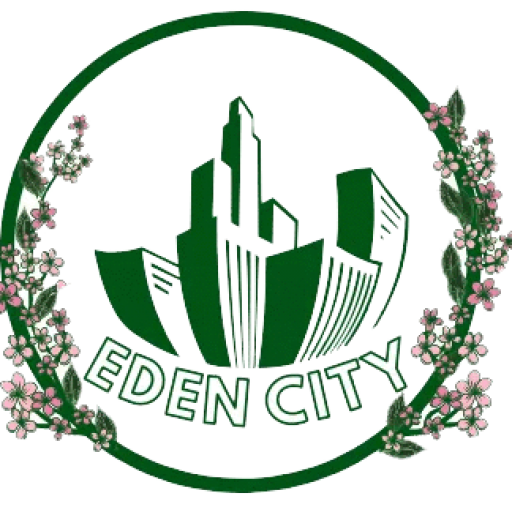The main goal:
The aim of the project is to develop and implement a model for planning and managing urban greenery in the form of flower meadows in cities in Poland in the context of optimizing the species composition of flower meadows and their location as factors influencing the biodiversity of city fauna and the well-being of residents.
An accompanying but equally important objective is the acquisition of soft skills by members of the Circle needed to conduct scientific research, work as a team, promote research results and transfer them to the economic zone.
Based on multifaceted and interdisciplinary monitoring of meadows of three Polish cities: Białystok, Łódź and Bydgoszcz it will be possible to gain a better understanding of flower meadows and their influence on the city.
The specific objectives are:
1. Comparison of arthropod and bird diversity of flower meadows located in three Polish cities and differing in
– plant species composition (monocultures, annual meadows, perennial meadows),
– location (meadows along roads, meadows in the vicinity of other green or recreational areas).
2. Evaluation of the influence of different types of flower meadows (monocultures, annual meadows, perennial meadows) and their location on mental well-being, physiological and psychological stress levels of urban residents.
3. Designing and maintaining this website as a place to promote knowledge regarding urban meadows, including the data obtained during the project.
Ultimately, it will be possible to draw conclusions and answer questions honestly/reliably:
– how best to plan urban greenery to have a positive effect on biodiversity,
– where it makes most sense to plant meadows,
– how the species diversity of arthropods (including pollinators) and ornithofauna is developing on the flower meadows and their immediate surroundings in comparison with typical urban green areas,
– which community types are indicated in terms of the habitat requirements of the species to be planted – which meadows people like best and how they affect their well-being,
– whether there is a social demand for more flower meadows in cities.
